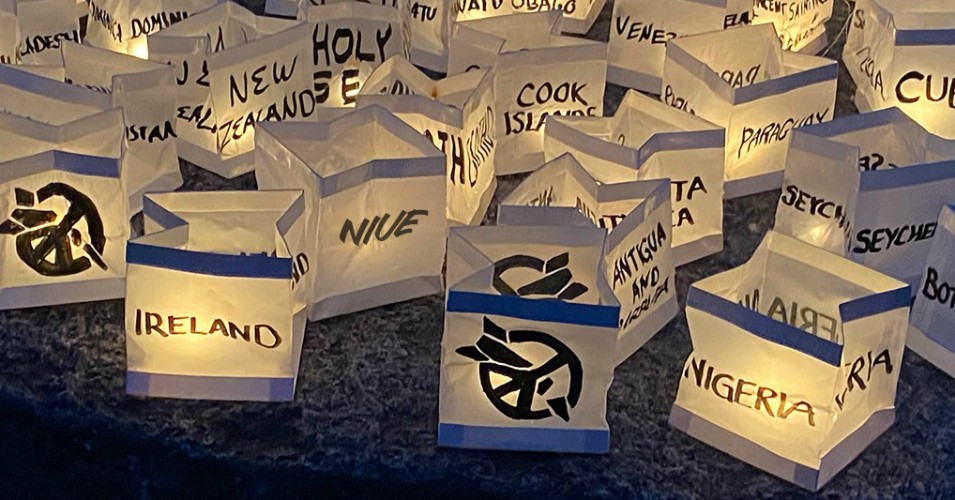
UN Treaty on the Prohibition of Nuclear Weapons Heralds a New Dawn
Mon, 23 Nov 2020 | Reading Time: 6 minutes

Since 17 Nov 2019, when the first case of Coronavirus was detected in Hubei province of China, the whole world has been reeling under this unrelenting pandemic. This pandemic has bluntly confirmed the pressing need for international cooperation to overcome all threats which threaten the existence of humans on earth. Supreme amongst such threats is the threat posed by Nuclear weapons.
The danger of nuclear war, triggered by increasing competition in upgrading nuclear weapons and their delivery means; abandonment of long-standing Arms Control Treaties; the ever-increasing danger of Cyber War creating a situation triggering nuclear war; have today put the world on an edge. The pandemic has only compounded this nuclear threat.
In a nuclear war, there are no winners and not only the perpetrators to are losers, but the collateral damage that will be caused across the globe defies our imagination.
Nuclear-armed nations believe that nuclear weapons are a deterrent which is a dangerous and misguided belief. As the New Strategic Arms Reduction Treaty (New START) hurtles to its expiry in February 2021, the world will be stepping into an era when the last Arms Control Treaty would have lapsed, leaving the world open for a new Nuclear Arms race, with more nations joining the pursuit to join the Nuclear Powers elite club, in which Iran and Turkey are the frontrunners.
Intending to bring an end to the reliance of nuclear weapons as guarantors of peace or as deterrents, 122 nations, in July 2017 took a significant step to adopt, under the aegis of United Nations, “The Treaty on the Prohibition of Nuclear Weapons” (TPNW). It is a landmark international consensus that categorises nuclear weapons in a class similar to the prohibited chemical and biological weapons. It proposes to eradicate them verifiably and permanently. On 22nd January 2021, TPNW will enter into force and become binding international law.
This is the first since 1942 when the US had launched the Manhattan Project to invent the Atom Bomb that a treaty as bold as TPNW has been coined.
Quoting the UN, TPNW prohibits “States Parties from developing, testing, producing, manufacturing, acquiring, possessing, or stockpiling nuclear weapons or other nuclear explosive devices. Signatories are barred from transferring or receiving nuclear weapons and other nuclear explosive devices, control over such weapons, or any assistance with activities prohibited under the Treaty. States are also prohibited from using or threatening to use nuclear weapons and other nuclear explosive devices. Lastly, States Parties cannot allow the stationing, installation, or deployment of nuclear weapons and other nuclear explosive devices in their territory. In addition to the Treaty’s prohibitions, States Parties are obligated to provide victim assistance and help with environmental remediation efforts”.
Read and implemented in conjunction with the Nuclear Non-Proliferation Treaty (NPT, 1970), the TPNW not only compliments NPT and strengthens the norms enshrined in NPT which calls for an end to the nuclear arms race, early disarmament and for maintenance of the safety standards as mandated by the International Atomic Energy Agency (IAEA), it also renews emphasis on the ban against nuclear testing under the Comprehensive Test Ban Treaty (CTBT, 1996). CTBT has 184 States as signatories.
TPNW, by infusing new life into the nuclear weapons eradication drive, seeks to consolidate and strengthen the legal structure and the common public perception across the globe against nuclear weapons. It demolishes any sense of legitimacy the nuclear weapons enjoy by being the most powerful weapon in the hands of the most powerful nations. It’s preamble states “Any use of nuclear weapons would be contrary to international laws applicable in armed conflict”. It epitomises the universal thought of all non-nuclear nations that their use is immoral, perilous and untenable.
TPNW challenges the incorrect and incoherent assumption of the deterrence value of these weapons. Deterrence is more a psychological parameter and per se differs between States and political systems holding nuclear arms. The escalation ladder and its tripping points to initiate a nuclear war are again a personal perception of a State which the adversary may not adhere to, making escalation of a conventional war into nuclear, wholly unpredictable between two nuclear-armed states such as India and Pakistan.
Although 122 nations are signatories to this UN resolution, unfortunately, the nine nuclear-armed states are not. Their arrogance in continuous up-gradation of their nuclear arms, the delivery systems and the defence shield against it is an affront to not only UN but also to the 122 signatory nations, many of whom are their close allies. Their non-cooperation compels their allies to seek protection under their nuclear shield, leading to proliferation in the deployment of nuclear weapons and the nuclear shield on the soil of the allies. These protective umbrellas by the “haves” are both divisive and dangerous and upset the balance of power in a region.
When TPNW becomes law, non-signatory States are likely to use their influence on their allies to disregard it and thereby weaken it. But precedence of 1999 Mine Ban Treaty and 2010 Convention on Cluster Munitions (CCM) adequately demonstrate that such a treaty can significantly affect the behaviour of the nuclear-armed non-signatory States. After TPNW becomes law, like in the instances of Mine Ban Treaty and CCM, the allies of nuclear-armed States, the civil society and the think tanks in the nuclear-armed States are expected to pressurise the State to amend their nuclear posture and this is expected to become a precursor to total disarmament and eradication of nuclear weapons.
Along with the Mine Ban Treaty and CCM, the TPNW forms a “holy trio” of greatest humane treaties. Ban of mines and cluster munitions actively discouraged investments in companies that produced these for non-signatory States of these treaties. Orbital ATK and Textron which were two US companies producing cluster munitions, discontinued production as the treaty came in to force due to pressure built by the civil society, this even though the US was a non-signatory state. A US-based assets management company “Eventide Asset Management” excluded companies that produced cluster munitions. Egypt, a non-signatory in Mine Ban Treaty, voluntarily stopped production of mines due to pressure from allies and within, are a few examples of non-signatory states being brought to heel.
Treaty banning Mines and cluster munitions saw worldwide changes in policies. Since coming into force, very few non-signatory states have employed either Mines or cluster munitions. In 2014, US; a non-signatory, stated that it will not employ mines outside the Korean peninsula and that it will discourage other States from use, stockpile, production or transfer of anti-personnel mines. Since the CCM came into force, the US has used cluster munitions only once, in 2016, in Yemen. In 2016, the US stopped cluster munitions sale to Saudi Arabia.
Though many powerful nations are non-signatories in the Mine Ban Treaty, most of them are major contributors in financing landmine clearance and in assisting the victims.The above examples amply demonstrate the impact of such humanitarian treaties on individual companies, financial institutions and non-signatory States, in modifying their behaviour.
It will be prudent to mention here that the impending TPNW law of UN has already started making financial companies divest from nuclear weapons production companies. In this, the Dutch pension fund ABP has taken the lead when in January 2018 citing TPNW, it divested from companies involved in the production of nuclear arms. This illustrates that financial institutions more often than not shun companies producing controversial weapons, to safeguard their goodwill across the globe. This augurs well for TPNW, which face tumultuous headwinds on the path to its success.
However, to expect treaties to solve all self-created problems of humans in respect to threat to human lives including the destruction of the Earth and its environment is farfetched. A nuclear nightmare, the world often revisits was recently witnessed in India – Pakistan standoff during the Pulwama terrorist attack in February 2019. TPNW is a very bold and timely step to end these nightmares permanently. It may not be perfect but lacunae can be fixed in its subsequent review meets, making it dynamic.
When the treaty enters into force, it is expected that the civil rights bodies across the globe, especially in the non-signatory States, lawmakers, universities, businesses and Cities will initiate a debate to force the non-signatory States to sign this humanitarian treaty or to comply with it in a manner that was witnessed when across the globe UN Sustainable Development Goals was adopted.
When TPNW becomes law in January 2021, nuclear haves should respond to it in a positive spirit by freezing the size of nuclear arsenals and fissile material stockpiles; finalise a multilateral agreement on no first use of nuclear weapons; make ratification of CTBT compulsory; revitalize the disarmament process; extend the New START; prohibit the introduction of new nuclear weapons and give a permanent commitment to never target or threaten non-nuclear states with nuclear weapons. These are a few legally binding initiatives the nuclear-armed states can undertake before the review of NPT likely in April-May 2021, to display their commitment to support the TPNW.
India, a strong proponent of a nuclear arms-free world had to inescapably go nuclear in 1984, to safeguard against an inimical China, which went nuclear in 1964. Today it is sandwiched between two nuclear powers, China and its ally Pakistan, a country which China aided to go nuclear in 1998. Despite this, even today, India has less than 140 nuclear warheads compared to over 400 of Pakistan and over 300 of China. Its stated policies on the subject of production, possession, proliferation and use of nuclear weapons are already much in sync with the Laws as enunciated in the TPNW. In case Pakistan and China and other nuclear nations eradicate all their nuclear weapons and their delivery means and this is verified by IAEA, India will be more than happy to give up its nuclear armaments and join TPNW.
Disclaimer
The opinions expressed in this article are the author’s own and do not reflect the views of Chanakya Forum. All information provided in this article including timeliness, completeness, accuracy, suitability or validity of information referenced therein, is the sole responsibility of the author. www.chanakyaforum.com does not assume any responsibility for the same.
Chanakya Forum is now on . Click here to join our channel (@ChanakyaForum) and stay updated with the latest headlines and articles.
Important
We work round the clock to bring you the finest articles and updates from around the world. There is a team that works tirelessly to ensure that you have a seamless reading experience. But all this costs money. Please support us so that we keep doing what we do best. Happy Reading
Support Us




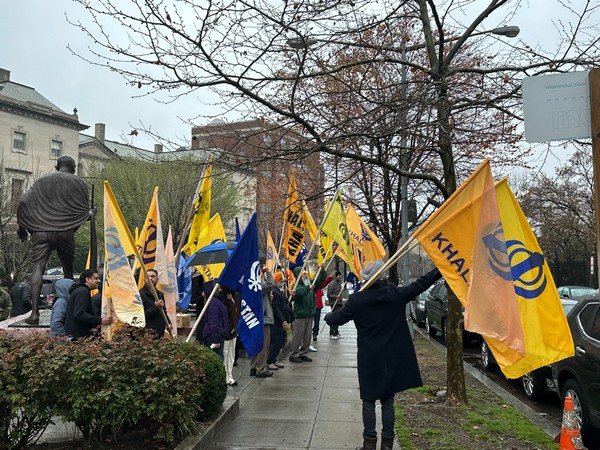


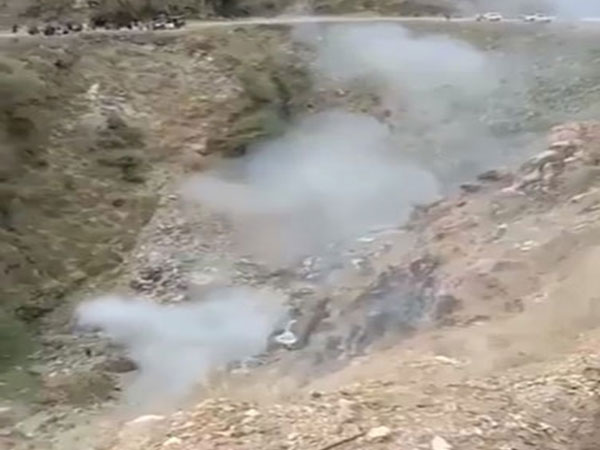

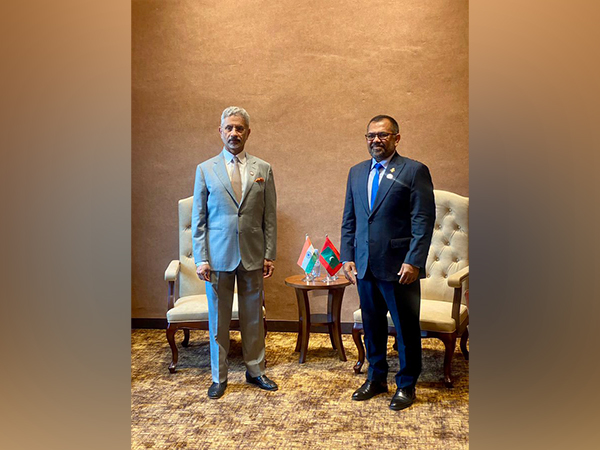
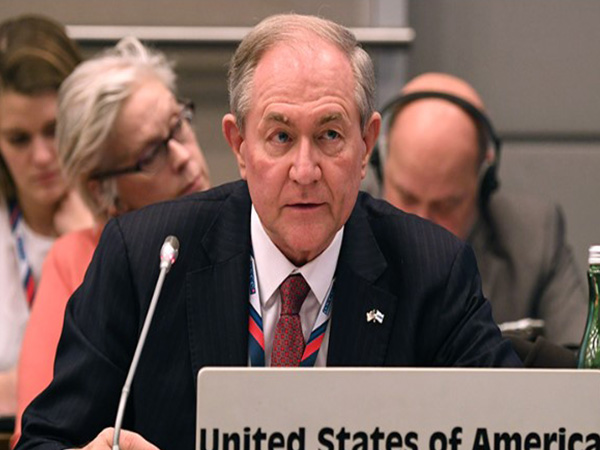
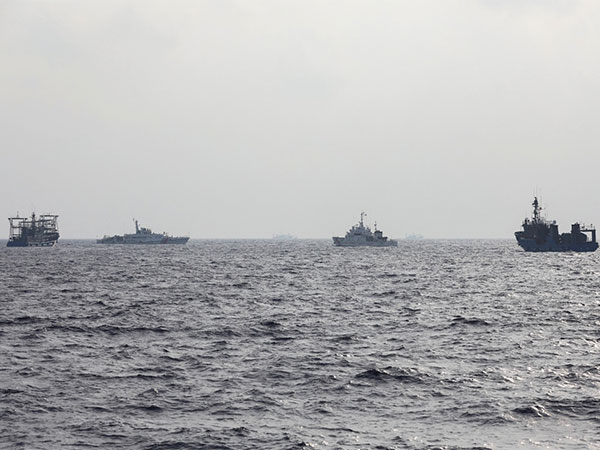
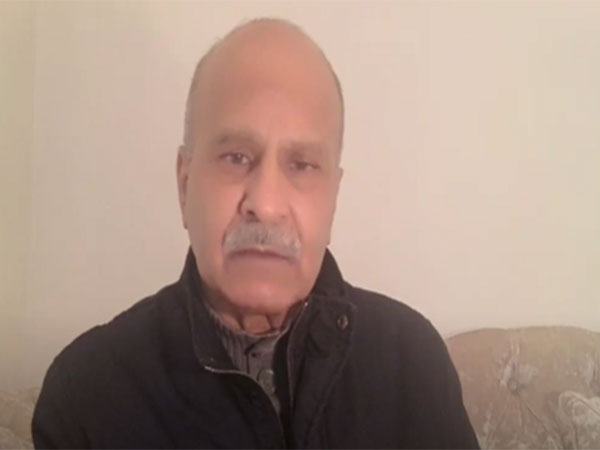
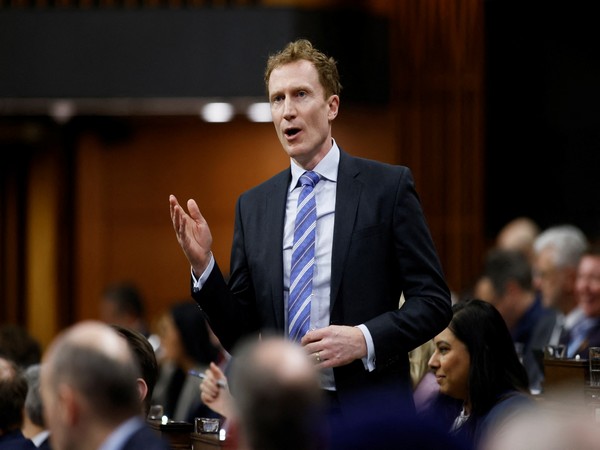






POST COMMENTS (4)
Girish Kumar Mediratta
Shonalee
Brig HPS Pall
Shashank